10 Tips on How To Photograph Spring Flowers
![]()
I love spring. Little flowers pop up everywhere — in your garden, in nature, in parks, next to the roads: basically everywhere. And these flowers are great fun to photograph.
A few years ago I wrote an article on photographing tiny spring flowers. I figured I rewrite it with some new content and new tips, as it’s that spring season again! So here are a bunch of tips on how to get started photographing spring flowers around you:
1. Look Around
This may sound super obvious, but as I mentioned before: You often overlook all the little flowers around you. The tiniest little flowers can look the best in your camera. So really take your time and look for those flowers. They’re really everywhere. But if you want a quiet environment, just go to a nearby park and look around there.
![]()
2. Choice of Camera and Lens
Ok, nowadays even smartphones can take great close-up photos. If you are going to use your smartphone, I recommend buying “macro adapter.” This will allow you to focus up close and you’ll be able to take beautiful close-up shots of flowers. Otherwise, I recommend a ‘professional’ camera with a ‘fast lens’. Your best choice will be a dedicated macro lens. Most of the shots in this article were taken with my 90mm f/2.8 macro lens. Or, like with a smartphone, there are ‘macro rings’ available that let you focus up close with standard lenses.
But a 70-200mm f/2.8 or similar telephoto lens will work as well. Slower lenses like a kit lens are not great for this kind of photography, simply because the background blur (bokeh) will not be so soft and smooth. You could also get a fast prime lens, like a 50mm f/1.8. These are relatively cheap and can give you great results (for portraits as well).
![]()
3. Get Low
Yes, you will want to be at the same height as the flower. You don’t want to be pointing downwards, so you have to get on your knees, or even lower. Bring a blanket so you can be comfortable. The reason why you want to be very low is that you’ll then get a lot of depth in your photo. The background will go on in the distance, creating this beautiful blurry effect.
Bonus tip: A camera with a flip screen is very useful!
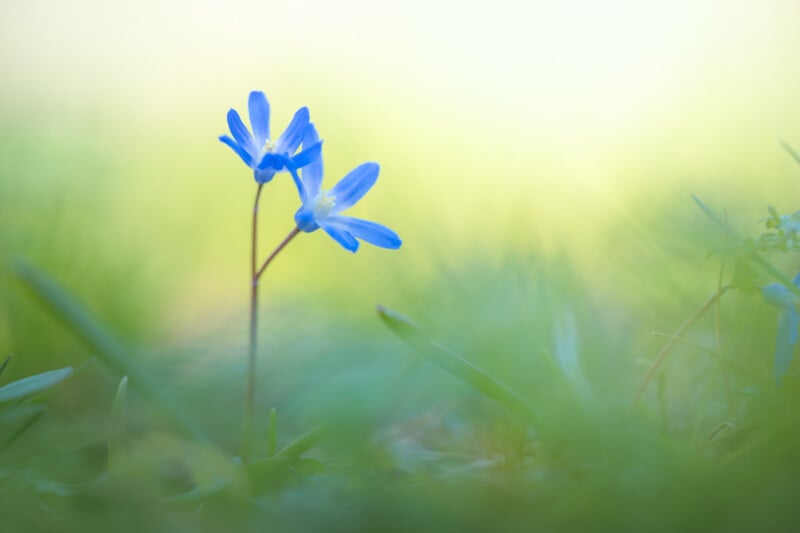
4. The Background is More Important Than the Subject
And this brings me to the next topic: Background. When we are shooting these tiny flowers, the background is one of the most important aspects. You’ll want to have a ‘clean’ background that does not distract from the subject.
You can also play with the background by simply moving your camera a little bit to the left or to the right. The background will then completely change. You can spend a long time photographing just one flower and keep moving your camera just a little bit, just to get that perfect angle.
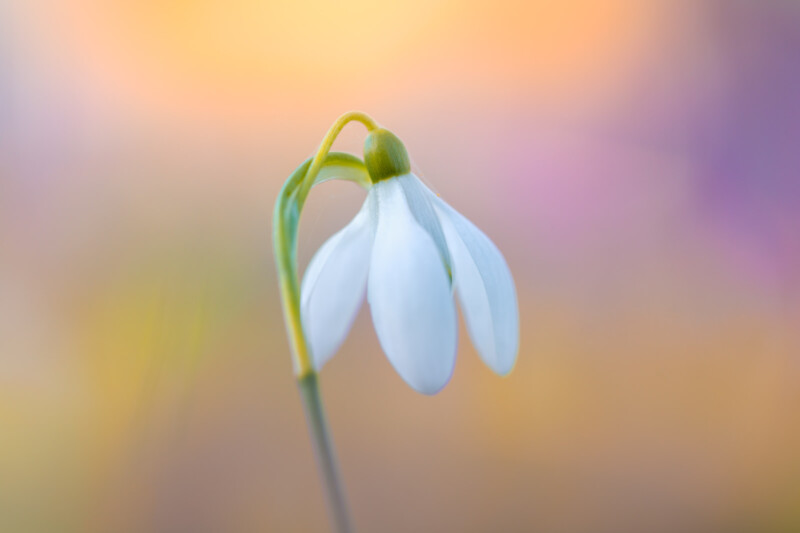
Bonus tips: Photograph flowers next to a car road in the late afternoon or early morning. You can use the traffic lights as a backdrop to create bokeh effects!
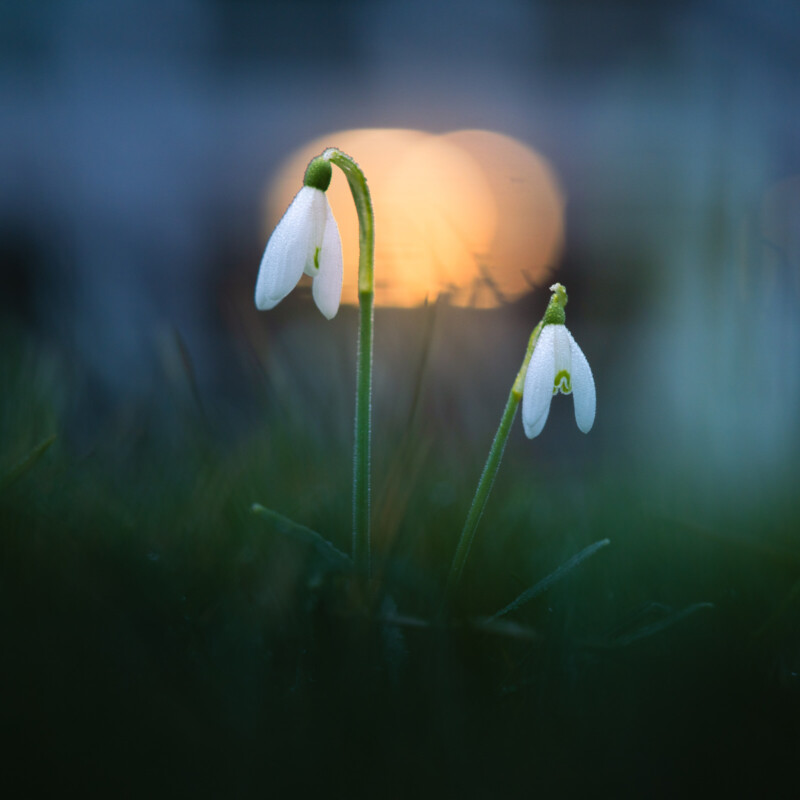
5. Every Subject Can Look Incredible With the Right Light and Angle
Even the most ‘boring’ little flower can really come to life with beautiful light in the background. Try out different little flowers that seem just normal when you look at them. You’ll be surprised how beautiful some of these look through your camera. Even simple leaves can look amazing. Yes, this gets addicting.
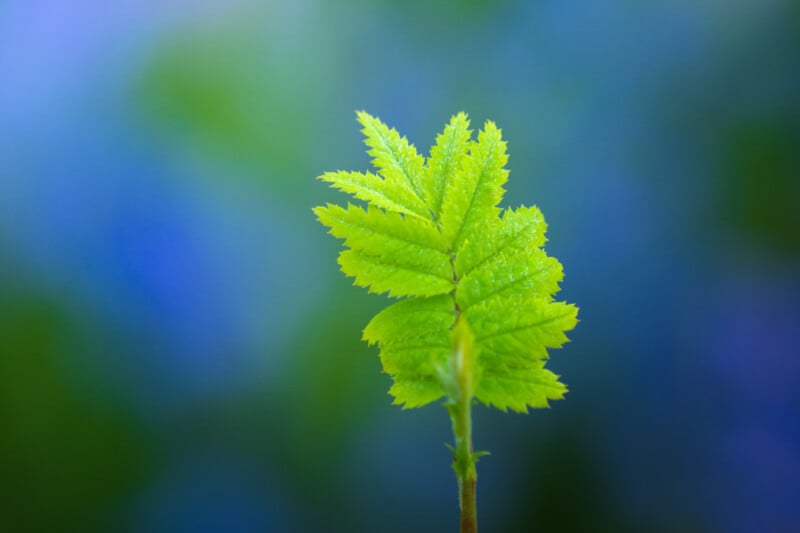
6. Get Further, or Super Close
Photograph a flower in its environment. Use layers in the foreground to create depth in your image. This can be grass, a branch, another flower in the foreground, etc. Or do the opposite: Get super close to the flower and focus on its details. This is only possible with a macro lens. Focus on the pistils, or simply the shapes and colors.
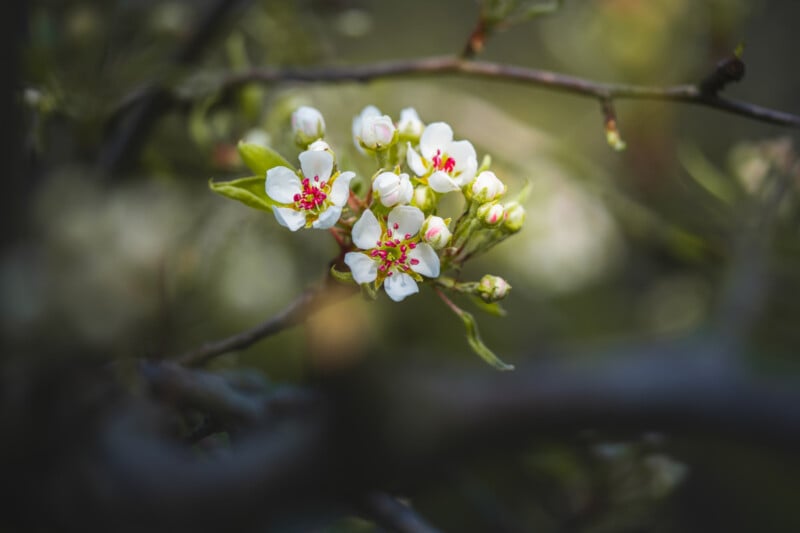
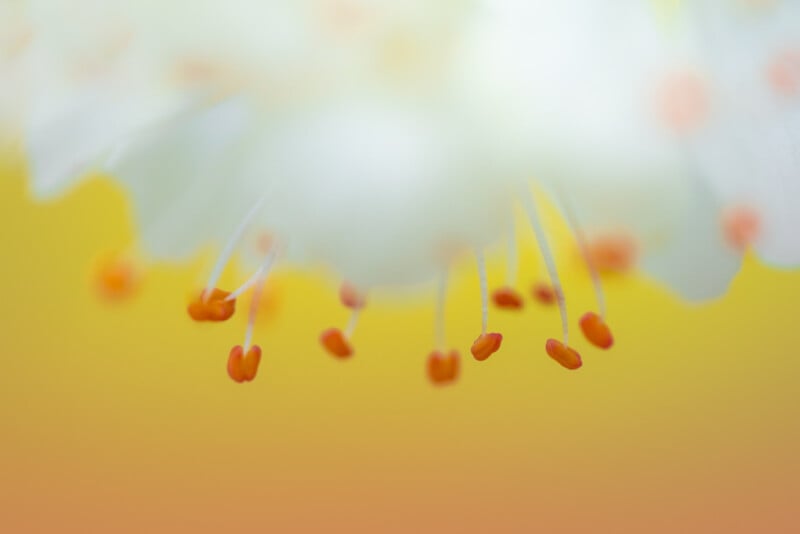
7. Go Out Early Morning to Photograph
In spring the mornings can be humid. If you go out early morning, you can catch the golden light. But often, the grass and little flowers are covered in little dew drops. This can give an extra magical effect to your photos. If you wanna cheat: you can also bring a little perfume bottle and fill it with water and spray the flowers yourself. This can create a similar effect.
![]()
8. Creative Angles
I mentioned getting low and photographing the flowers from a low angle. This works great. But if you want to get creative, try a top-down view from interesting patterns of flowers. Or reflections in water. You’ll get some completely different results, which a great fun to try.
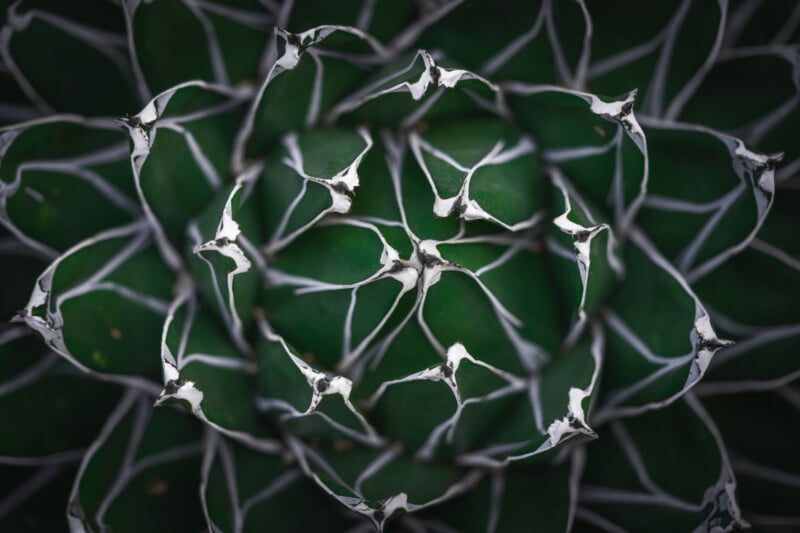
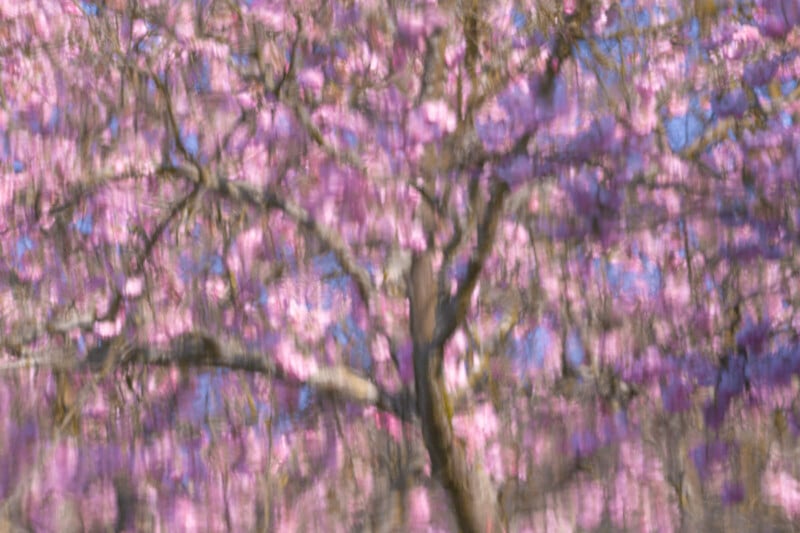
9. Shoot Handheld
Lots of people will tell you otherwise, but by shooting handheld you’ll be able to be very precise in your composition. Also: You’ll often be able to shoot from closer to the ground. With a tripod that’s difficult. I always shoot handheld and often almost widen open (lowest f-stop number) to get that super dreamy look. I realize that’s not for everyone, but that’s how I do it.
![]()
10. Editing Can Make Your Shots Even More Magical
When we shoot in RAW format, the images are often quite flat. Play with colors and saturation, and even consider adding some color/blur in some parts of the image. It’s entirely up to you!
Note: If you’re interested in my own editing workflow, I do have a full editing course available that also includes techniques on how to edit these kinds of shots.
Bonus Tip
Get out there! I often see people that are not really motivated, but once they go out there with their camera and really focus on these little flowers, they suddenly get addicted. Trust me, I’ve seen it a lot. So if you like these kinds of shots, anyone can do it! Just go out there and try!
About the author: Albert Dros is an award-winning Dutch photographer. The opinions expressed in this article are solely those of the author. His work has been published by some of the world’s biggest media channels, including TIME, The Huffington Post, The Daily Mail, and National Geographic. You can find more of his work on his website, or by following him on Facebook and Instagram. This article was also published here.